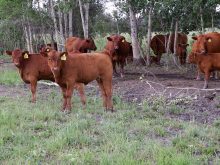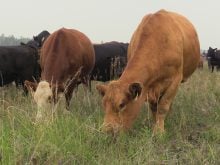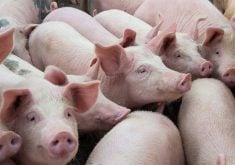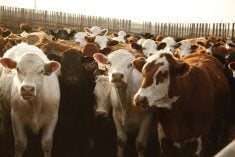WILLIAMS LAKE B.C. – British Columbia grazing lease tenures may be extended for ranchers who depend on public land for livestock forage and water.Longer rental agreements and easier renewals should provide more security to ranchers, said Pat Bell, B.C.’s minister of forests and range.Following recommendations from a recently released ranching task force, 20-year tenures could be offered.Grazing permits allow grazing and haying for up to five years while a licence can be for as long as 10 years. The resources are allocated according to animal unit months (AUMs), the amount of forage required for one month by an average animal aged six months or older.Crown ranges provide about a third of the livestock forage needs in the province but ranchers attending the B.C. Cattlemen’s Association annual meeting in Williams Lake, B.C., May 28-29 told the minister their situation is less than ideal.AUMS may be cut back because grass has been lost to drought and encroachment of new trees in recently logged areas where the mountain pine beetle killed old stands of pine trees.The task force also recommended changing the stumpage fee formula because many producers rely on extra income from cutting timber on their land.“This is so new to us. The mountain pine beetle epidemic has gone through and it has changed the whole graphics of how we do business,” said Kamloops, B.C., rancher David Haywood-Farmer.A rancher may have a grazing area of 20 sq. kilometres and the timber licensee might remove a small block of trees each year. Now the entire area has been harvested and replanted.“We only get 10 years and then there is canopy closure and no grass,” he said.After nearly 10 years of drought in their area of the central interior, the grass is not recovering, said Hellen Bayliff of Redstone, B.C.“The government has a responsibility to maintain our range lands and should be accountable for that. Your policy contributes to the reduction of grass and range and you should be held accountable for that,” she said.Bayliff said the government should have a policy for maintenance and actively managing and planning these lands and their uses.The cattlemen’s association has applied to the federal AgriStability program for water development funds because the water table is going down and small lakes and ponds are not being replenished.“When we apply for our range through the ministry of forestry and range, we assume water is going to be available,” Haywood-Farmer said. “People’s backs are to the wall. We have been kicked so hard, we need some change.”The ranchers also complained about staff cutbacks in the ministry.About 10 percent of the staff, or 300 jobs, were cut, including range managers in district offices who worked with ranchers on planning and land management.“We need help with preparation of management plans. We can’t afford to lose the agrologists with agriculture background,” said Iris Wright at 100 Mile House, B.C.Mike Rose of Quilchena Ranch said he understands there are multiple uses allowed on the land but other ministries need to get involved to control the damage happening on crown lands.Along with conflict over timber and other resource industries on the land, his area has tourists who damage the land with all-terrain vehicles and mud bogging.
Read Also
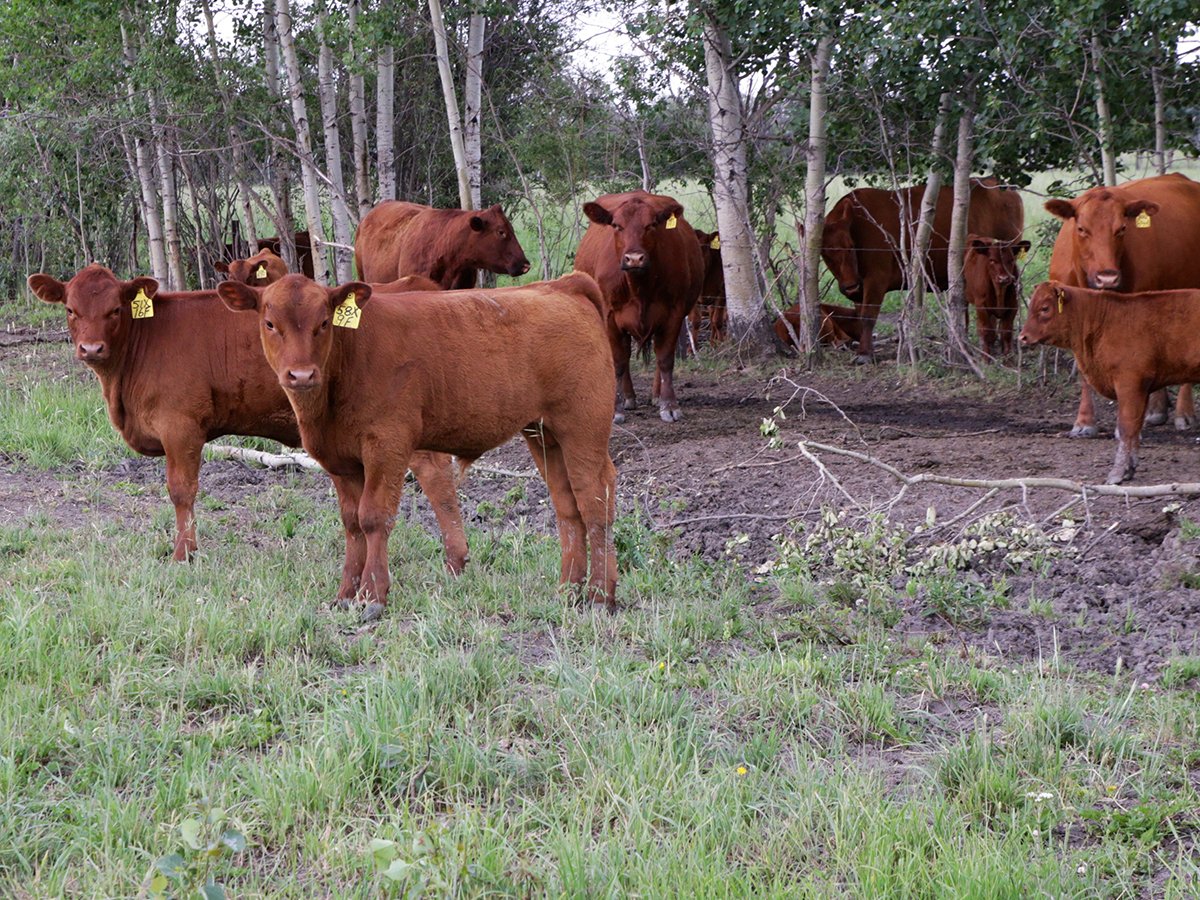
Feeder market continues the climb
For the week ending Aug. 30, Western Canadian feeder cattle markets traded $4-8 per hundredweight higher on average.



